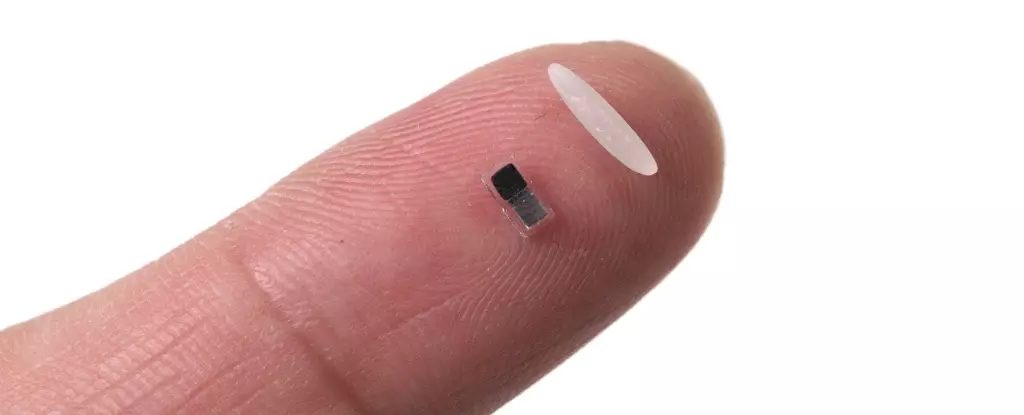A remarkable leap in cardiac technology has emerged, heralding the potential to transform treatment methodologies for heart conditions across the globe. Researchers have announced the creation of the world’s smallest pacemaker, a groundbreaking device that evades the traditional constraints associated with current heart rhythm management techniques. This innovative creation, smaller than a grain of rice, is engineered to be injected into patients, offering a non-invasive solution that can be activated and managed by light. While the technology is still undergoing development and is not ready for human trials, its implications for medical practice could be monumental.
Targeting a Specific Need
The driving force behind this remarkable innovation is a compassionate aim to improve the lives of the one percent of infants born with congenital heart defects, who require a temporary pacemaker during their critical recovery phase from cardiac surgery. Traditional methods of providing this vital support involve invasive procedures that can lead to complications, as evidenced by the tragic case of astronaut Neil Armstrong. By using a wireless and dissolvable pacemaker, the discomfort and risks associated with pulling out wires and electrodes may become a relic of the past, offering renewed hope to the families affected by such conditions.
Technological Furor and Its Mechanisms
The miniaturized pacemaker is designed not only for effectiveness but also for convenience. At merely one millimeter thick and 3.5 millimeters long, it can readily be introduced through a syringe. Its ability to dissolve in the body when no longer required is a game-changer in ensuring patient safety and comfort. The pacemaker pairs with a soft patch worn on the patient’s chest, which detects any irregular heartbeat and activates the pacemaker using light signals. This innovative approach utilizes a galvanic cell mechanism, where bodily fluids power the device by converting chemical energy into electrical stimuli. This wireless configuration is not merely a technological novelty; it represents a significant shift towards individualized, patient-friendly cardiac care.
Broader Implications for Medicine
The potential applications of this technology extend far beyond cardiac care. The extraordinary adaptability of the underlying technology could usher in advancements in multiple sectors of medicine, far transcending standard cardiology. Experts in the field, including Bozhi Tian from the University of Chicago, affirm that the scope of this device includes areas such as nerve regeneration and wound healing. The possibilities are vast, and as the field of bioelectronic medicine continues to evolve, innovative approaches like the mini pacemaker could pave the way for integrated smart implants that revolutionize patient treatment protocols.
A Partnership of Passion and Science
At the helm of this research is John Rogers from Northwestern University, whose dedication to this cause is palpable. His estimation that human trials could begin within two to three years signifies an urgent commitment to translating this theoretical breakthrough into tangible patient outcomes. The formation of a start-up aimed at advancing this development demonstrates the researchers’ resolve to see their vision come to fruition.
While the current iteration of this pacemaker demonstrates promising results in animal models, the real test lies ahead in the complex realm of human physiology. Yet, with the momentum generated by this breakthrough, there lies an invigorating anticipation for how this will reshape patient care and recovery.
The Broader Conversation on Heart Disease
Heart disease remains the leading cause of mortality worldwide, according to the World Health Organization. As clinicians and researchers rally to stem this tide, innovations like the lightweight, light-controlled pacemaker embody a driving force behind a cultural shift in treatment protocols. With technology rapidly evolving, one can only anticipate the potential impact of such advancements on the healthcare landscape, offering an optimistic perspective on the future of cardiac health.


Leave a Reply